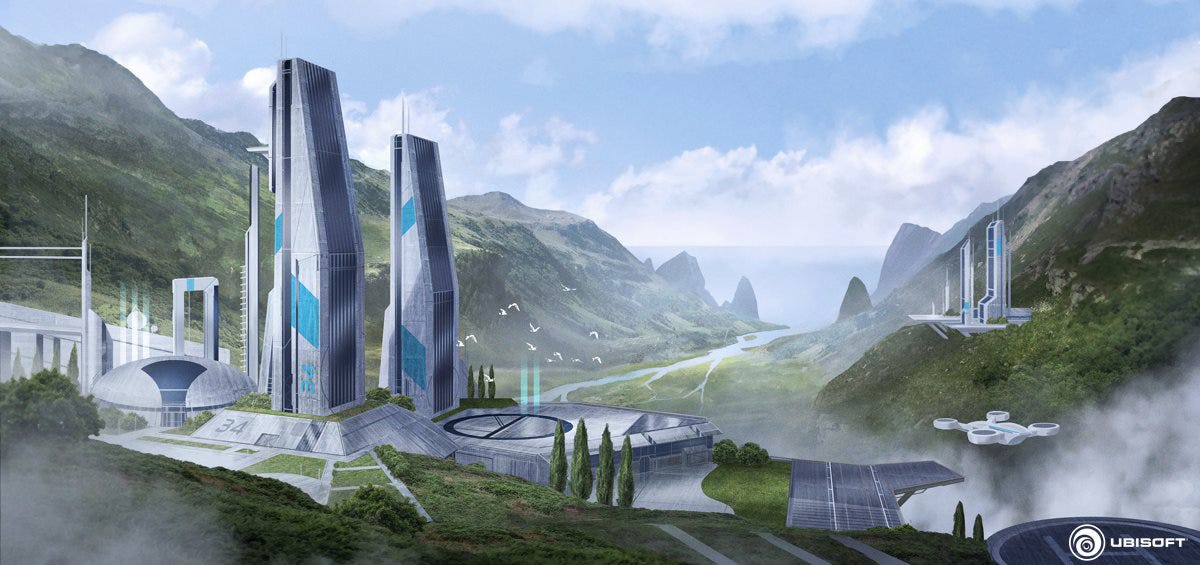Recently I got an idea and I rushed to my experienced, helpful friends to measure its potential and decide what to do next. In this context, we talked few startup mindsets such as Big Idea, Unicorn, Do stuff that matters, etc. It’s no surprise for such a conversation as all entrepreneurs and of course, investors evaluate ideas a lot, sometimes may be up to a hundred times a day. Although professional investors have their own framework for finding the next Big Thing to put money on, I came up with a new framework, getting inspiration from the Nash Equilibrium in Game theory. I don’t want to tell you the theory, but I think it can help you to see the big picture of the game.

The axes are efforts needed to build the Product and Market it.
Product difficulty: defined as whether its technology/recipe is a high-tech, secret sauce or an easy-to-copy one.
Marketing difficulty: This axis is a little bit more tricky. Your solution can have a defined & clear target market with a viable market size. It’s the regions ‘A’ and ‘D’. On the other hand, we call something hard to market whether the target customers are very narrow and hard to reach/find(‘B1’ & ‘C1’) or they are too wide, almost anyone can use it(‘B2’ &‘C2’) e.g. Facebook
Disclaimer: Even in ‘B2’ & ‘C2’ case you should define your target customers you will start working with. For examples you can say restaurants are in this category as anyone on earth eat food, may be some are, but even in this case, they have defined target which generates most of the revenue for them.
If we want to say in an equilibrium context, it is obvious region ‘A’ is an ideal situation. Your product is difficult to copy and you have a defined target customer type.
Examples for each region (more examples are welcomed as comments):
- ‘A’: Blocks wearables (Modular smartwatch)
- ‘B1’: (a.k.a very Niche market) SpaceX (has only one customer)
- ‘B2’: Solar Energy, Electrical Cars (Tesla)
- ‘C1’: The worst region, so no company can survive or make a brand out of it, so we didn’t hear about them, sorry.
- ‘C2’: Can be Restaurant/Coffee shops with large focused groups(McDonald’s, …) or even Google(almost everyone searches on the internet, watch videos, download apps, watch ads,…), Amazon(almost everyone sells/buy stuff, read books,…), Facebook, as they have wide audience. (Note, here the statement that they are easy to copy is both right and wrong, the general concept is easy but the infrastructure/data/users they have made them almost unbeatable.)
- ‘D’: Maybe they don’t generate unicorns but they are easy starters and can make cash flow with little or no investment. Again some Restaurants can fit in this region.
I should point out one crucial note here:
This chart shows the relation between Product and Market efforts with possible Profit/Risk if the product has the same fit for that market in all regions i.e. the missing 3rd dimension here is the height of the cylinders which we call it Product/Market fit and that’s very important aspect of any startup/product which investors/entrepreneurs should find it by themselves.
Hope this diagram helps you in defining your position in the market and understanding which features you should strengthen to become a brand that affects people’s lives in positive ways.
For other tools to help you evaluate an idea, check this great stuff about How the Internet economy works.


